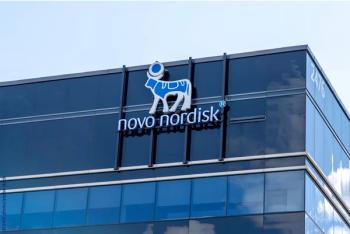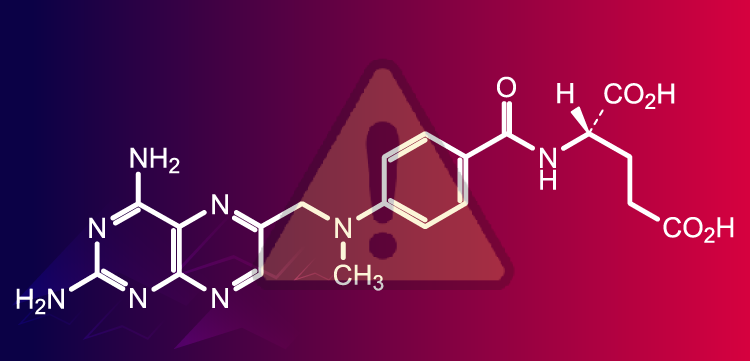
Geriatric NP Carolyn Clevenger Discusses Agitation in Alzheimer Disease: Overlooked, Misunderstood, and Progressive
Clevenger reviews survey findings behind the recent report "The Agitation Blindspot in Alzheimer’s Care."
A new national survey suggests that misunderstanding the behavioral symptoms of
Patient Care spoke with Clevenger about the survey recently, parsing out the problems it exposes and also considering solutions to some of them. The survey, commissioned by the Alliance for Aging Research (AAR) included 1,000 US adults and 1,000 unpaid or family caregivers of individuals with AD and is summarized in the report,
The following transcript has been lightly edited for flow and style.
Patient Care: The Alliance for Aging Research survey that was just published revealed an agitation blind spot in Alzheimer's care. Could you talk a little bit about what prompted that survey and also what they're defining as the blind spot?
Carolyn Clevenger, GNP: There are really two blind spots when it comes to agitation and Alzheimer's disease. You have the blind spot of lay people—people who find themselves responsible for supporting someone living with Alzheimer's disease. We would call them a caregiver, though they may not call themselves that just yet. They're often unaware that agitation is a symptom that's part of Alzheimer's disease. It's just off their radar entirely. And then we probably don't do them a big favor from the healthcare lens, because we don't necessarily ask about psychiatric symptoms broadly, and certainly not agitation specifically, even though we know so many people are experiencing those symptoms. So it's just sort of off of everyone's radar until it presents to the point that we have to pay attention to it. It's one of those symptoms that we can ignore, or we try to ignore, and then it becomes unignorable.
PC: What are some of the primary symptoms of agitation?
Clevenger: It's part of those neuropsychiatric symptoms. You know, agitation has for a long time been a word we've thrown around kind of loosely, especially in long term care and supportive services. But we now have a more clear, expert-defined definition of what agitation in Alzheimer's disease means, and it's a cluster of behaviors and observations that we put into three categories.
The first is excess motor activity—fairly technical, but that might look like restlessness, pacing, or rummaging. The next category is verbal aggression, and I think many caregivers have experienced that. We know that particular symptom has its own direct relationship to caregiver distress and predicts placement in institutional settings. And then the third category includes physical aggression—things like pinching, biting, or throwing objects.
We also think clinically that these symptoms often follow a progression. Someone who begins with restless behaviors, if untreated and unmanaged, may then progress to verbal aggression, which may escalate to physical aggression. That's when it becomes unignorable and is often finally on our radar.
Newsletter
Enhance your clinical practice with the Patient Care newsletter, offering the latest evidence-based guidelines, diagnostic insights, and treatment strategies for primary care physicians.

















































































































































































































































































